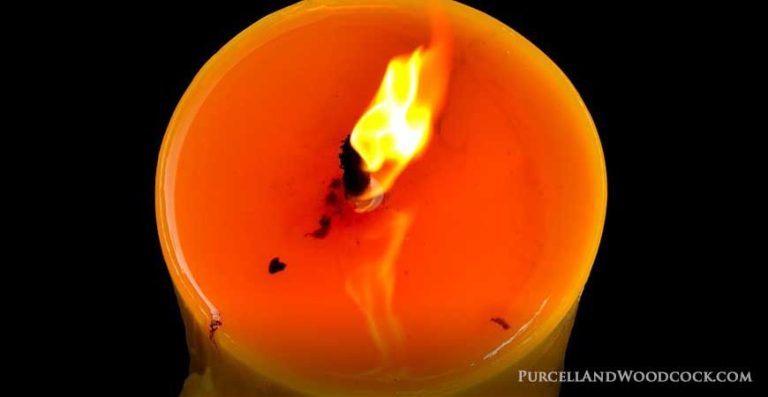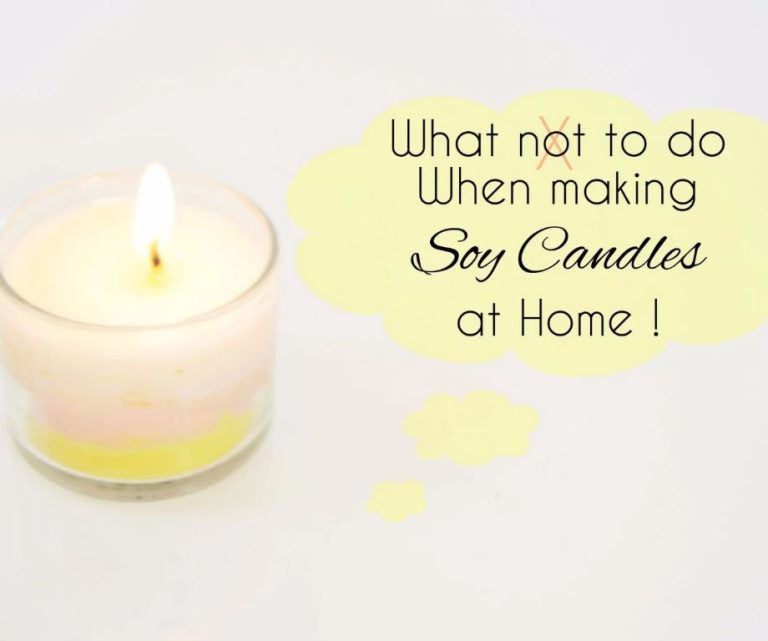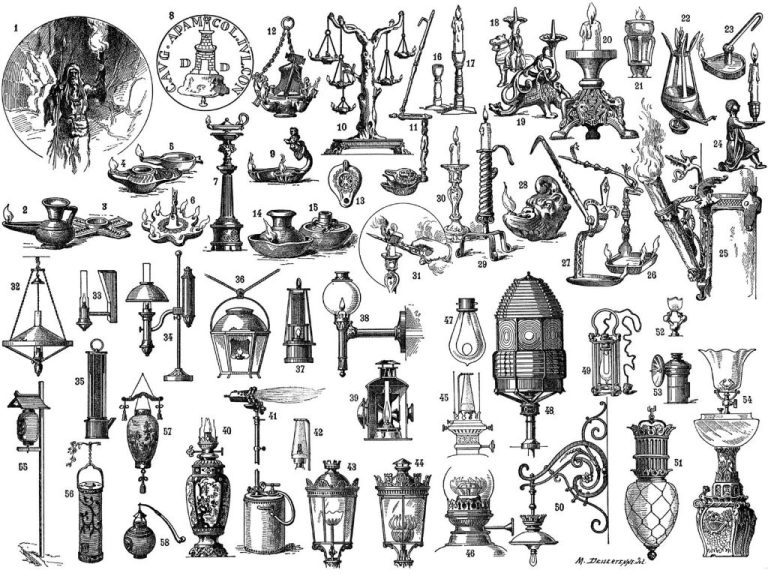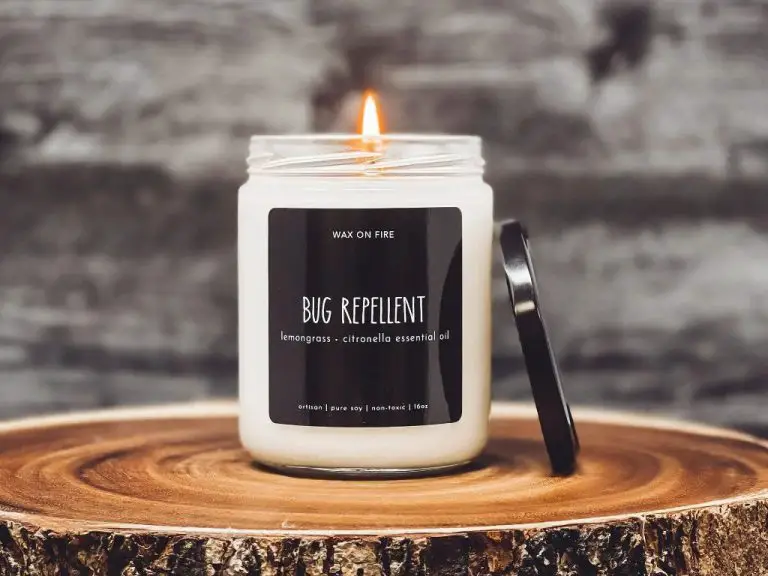Why Use Borax For Candle Wicks?
Borax, also known as sodium borate, sodium tetraborate, or disodium tetraborate, is an important boron compound that has been used for a variety of purposes over thousands of years. Its chemical formula is Na2B4O7·10H2O. Borax is a natural mineral that is mined from evaporated lake beds and other places where it occurs naturally. Some key properties of borax include:
- It is a white, odorless powder substance that dissolves easily in water.
- Borax has a high heat resistance and acts as a fire retardant.
- It is used as a flux in metallurgy and soldering.
- It can increase the hardness and durability of materials.
- Borax is an effective but gentle cleaning agent.
- It is non-toxic to humans and the environment in small quantities.
These unique properties make borax a versatile compound with many applications, including use in candlemaking to harden wicks and make them burn longer and cleaner.
What is Borax?
Borax, also known as sodium borate, sodium tetraborate, or disodium tetraborate, is a mineral and salt that is mined from dried lake beds (1). It’s a white powdery substance that has been used as a cleaning product and household remedy. The chemical formula for borax is Na2B4O7·10H2O (2).
Borax is found naturally in evaporite deposits produced by the repeated evaporation of seasonal lakes. The largest known borax deposits are found in Turkey and California (1). Borax is mined from these deposits and refined into the white powder used in various household products and applications.
Sources:
(1) https://www.webmd.com/a-to-z-guides/borax-sodium-tetraborate
(2) https://home.howstuffworks.com/home-improvement/household-hints-tips/cleaning-organizing/borax-uses.htm
Borax as a Flame Retardant
Borax is commonly used as a flame retardant for candle wicks because it lowers the combustion temperature of the wick material. When exposed to heat, borax forms a glassy coating that insulates and protects the wick from burning too quickly or intensely.
According to Borax.com, borax promotes char formation in materials, which can inhibit flames. The glassy coating created by borax prevents oxygen from reaching the wick, essentially smothering the flame. This allows the wick to burn slower and prevents soot buildup.
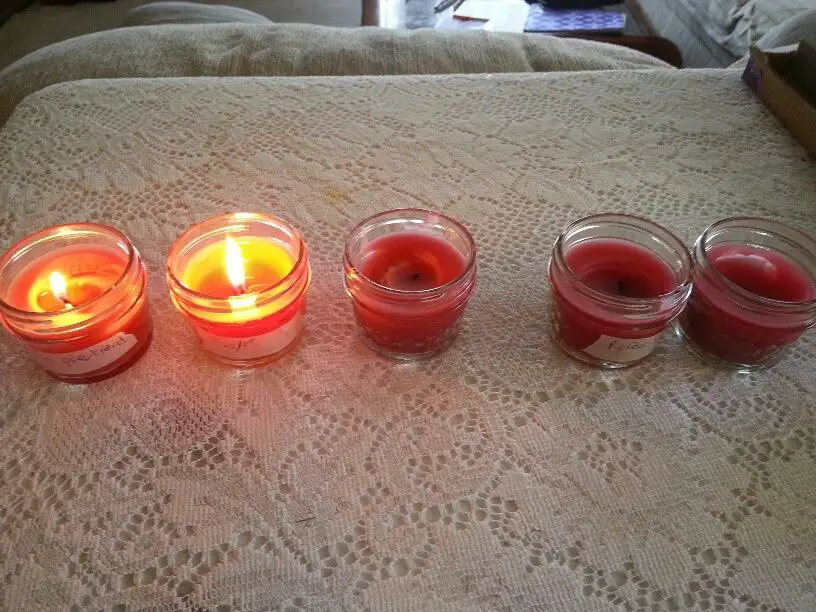
Borax is an ideal flame retardant choice because it is non-toxic and works effectively at low concentrations. Just a small amount rubbed directly onto the wick or added to the wax can significantly reduce the combustion rate of candle wicks.
Preventing Soot Buildup
One of the main benefits of using borax on candle wicks is that it helps prevent soot buildup. Soot is black carbon that can accumulate on wicks and candle jars during burning. It results from incomplete combustion of the wax and wick (https://www.quora.com/Why-does-soaking-cotton-string-in-Borax-Salt-make-a-better-candle-wick-Whats-the-chemistry). Borax acts as a flame retardant and fluxing agent that promotes more complete burning of the wick (https://www.chemicalforums.com/index.php?topic=107224.0). This helps keeps wicks from forming excess carbon during combustion. The borax undergoes vitrification at high temperatures, forming a glassy coating around the wick that maintains a bright flame. This results in less soot emissions, cleaner wicks, and clearer burning candles.
Hardening Wicks
One of the key benefits of using borax for candle wicks is that it helps harden the wicks, making them more rigid. According to WikiHow, adding borax to the hot water solution when making candle wicks helps create a “stiffer wick that will hold its shape as the candle burns” (https://www.wikihow.com/Make-Candle-Wicks). The borax works to stiffen and harden the cotton fibers in the wick material. This results in a wick that is less likely to bend and warp as the candle burns. The rigid structure provided by the borax allows the wick to remain upright and evenly burn. Without the hardening effects of borax, wicks are more prone to bending, tunneling, and inconsistent burning.
Safety Benefits
One of the main reasons for using borax in candle wicks is that it improves safety by reducing the risk of house fires. When cotton wicks burn, they have a tendency to produce black soot deposits. These sooty deposits can collect on surfaces around the candle, creating a fire hazard.
Borax helps prevent soot buildup in two ways. First, it makes the wick harder, so it burns cleaner without producing excess soot. Second, the borax releases oxygen as the candle burns, which helps the wick combust more completely (1). This cleaner burn significantly reduces the amount of soot released into the air and deposited around the candle.
In addition, borax lowers the likelihood of the wick bending over into the hot wax pool. This bending can cause the flame to get too close to the wax, leading to overheating and ignition. The stiff borax-coated wick stays upright and at the proper height above the wax. This improves safety by preventing the wax from getting hot enough to ignite (2).
By keeping wicks rigid and burning cleanly, borax greatly reduces the fire hazards associated with sooty candle wicks. Using borax is an easy way to make your homemade candles safer.
(1) https://www.quora.com/Why-does-soaking-cotton-string-in-Borax-Salt-make-a-better-candle-wick-Whats-the-chemistry
(2) https://www.reddit.com/r/askscience/comments/slkbd/mixing_copper_or_borax_with_paraffin_wax_for/
Making Longer Burning Candles
One of the main benefits of using borax on candle wicks is that it helps them burn longer before needing to be trimmed or replaced. The borax treatment makes the wick harder and helps it resist burning down as quickly when exposed to the flame. As noted in this video on making candle wicks with borax, borax-treated wicks tend to burn much slower and steadier than plain cotton wicks.
The borax forms bridges between the cellulose fibers in the cotton, helping harden and strengthen the wick. This prevents the wick from mushrooming at the tip as it burns. A harder, slower-burning wick means candles made with borax-treated wicks don’t need to be trimmed as often and the wax lasts longer before being used up.
For crafters and candle makers who want their creations to burn as long as possible, soaking cotton wicks in a borax solution is an easy way to extend burn times. The borax treatment helps wicks resist burning down quickly so candles burn slower and more steadily. This translates into longer-lasting candles that don’t require as much maintenance.
Easy to Apply
One of the main benefits of using borax for candle wicks is how simple it is to apply. As described in this tutorial [1], you just need to mix some borax and salt in water to create a borax solution. Typically you’ll use around 1 tablespoon of borax and 1-2 tablespoons of salt per cup of water. Let this solution soak into your wick overnight or up to 24 hours. Then simply hang the wick and let it fully dry before using it in your candle making.
This borax dipping method allows the borax to deeply penetrate the wick fibers. Once dried, the borax remains in the wick and provides flame retardant and other benefits when the candle is burned. The process takes very little active effort – simply submerging the wick and waiting for it to dry. The borax does the rest of the work!
Compared to more complex wick preparation methods, borax dipping is straightforward and approachable even for beginner candle makers. You don’t need any special equipment or materials. The ingredients – borax, salt and water – are inexpensive and readily available. With this simplicity, borax enables anyone to enhance their candle wicks and make better quality candles.
Environmental Advantages
Borax is derived from the natural mineral sodium borate and is considered an eco-friendly ingredient. While some raise concerns about potential health risks, borax has not been shown to be toxic to humans or the environment when used appropriately (1). Borax does not contain volatile organic compounds (VOCs) that can contribute to air pollution. It also breaks down naturally over time without leaving behind toxic residues.
Compared to many synthetic chemicals used in candles and other products, borax has a smaller ecological footprint. The main source of borax is from deposits produced by ancient lakes in California and Turkey (2). Borax can be extracted through a relatively simple solar evaporation process. This avoids the high amounts of energy and pollution associated with synthesizing many mainstream chemical ingredients.
Using borax in candles can be an eco-friendly choice over paraffin wax made from oil refining. It also provides an alternative to stearic acid that is often derived from animal fat. Overall, borax represents a sustainable option for candle-making.
Conclusion
In summary, there are many benefits to using borax for candle wicks. Borax acts as a flame retardant, helping to prevent dangerous flare-ups and out of control burns. It also reduces soot buildup on wicks, keeping your candle burning cleaner. Borax hardens and stiffens wicks, enabling them to stand upright and burn longer. This improves candle safety and longevity.
Additionally, borax makes it easier to thread and straighten wicks before candle making. It’s simple to apply by just dipping or spraying wicks in a borax solution. Borax is also more environmentally friendly than some chemical treatments. By using this natural mineral, you can avoid introducing unnecessary toxins. Overall, borax is an inexpensive, safe, and effective way to boost the performance of candle wicks.

